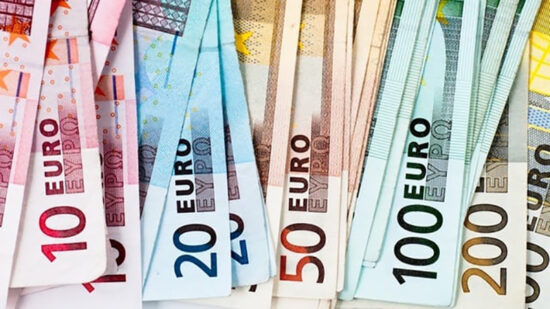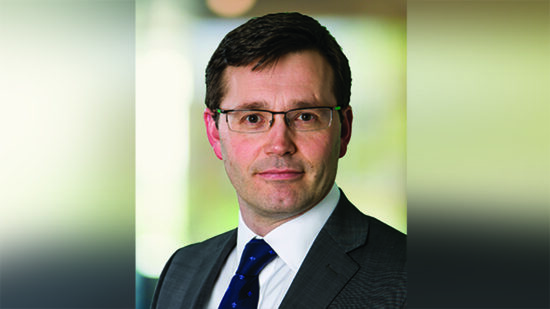Monetary policy in the United Kingdom took a back seat relative to other parts of the world as a strong consensus built that the Bank of England was highly unlikely to raise rates any time during the year due to the absence of any meaningful inflation.
The biggest event of the first half of summer from an investment point of view was arguably the Federal Reserve’s June meeting. By most reckonings this was the first meeting since the financial crisis where there was a significant chance of the Fed raising rates.
Chair Janet Yellen and her colleagues decided to hold fire however despite encouraging data being generated in the US economy, something which backed them into a corner later in the year.
The back end of the summer was dominated by the rising power of China to affect the world economy. A loss in market confidence both in Chinese economic growth prospects and the value of its biggest companies saw a crash in Chinese equities indices and set off alarm bells in markets around the world.
Perhaps the most notable effect of this was that it made the Federal Reserve back away from raising rates in September, as had been expected. Not only was the decision itself significant but the reasons, with Yellen citing global factors as having played a role in the decision rather than it being based purely on domestic data.
The 25 basis point rise finally came in December after being heavily telegraphed by Yellen and co over the preceding two months.
The collapse in the global oil price was another major factor in investment decisions during 2015, and was a theme that ran through the year rather than something which centred on any particular point in time.







